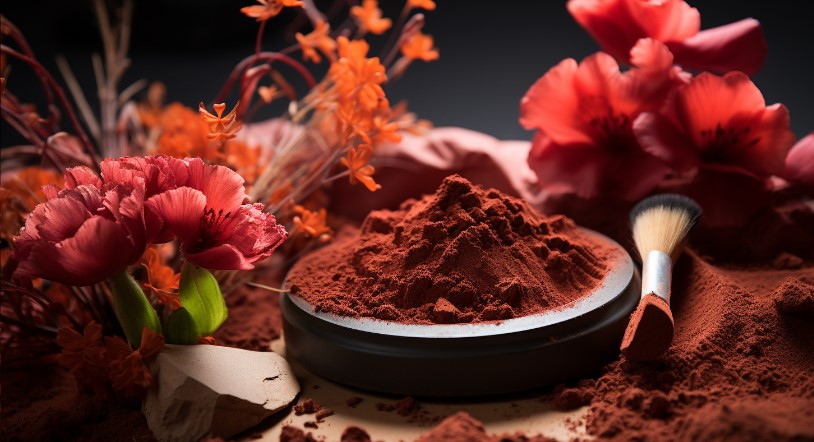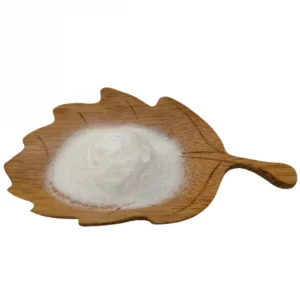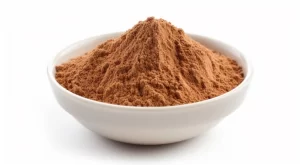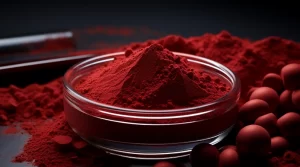Warum kann Astaxanthin freie Radikale beseitigen?

Astaxanthin
Free radical, also known as “free group” in chemistry, refers to the molecule of a compound under external conditions such as light and heat, covalent bond to form an atom or group with unpaired electrons. When written, a “·” is usually added next to the atomic or group symbol to indicate the presence of unpaired electrons. For example, hydrogen radicals (H·) and chlorine radicals (Cl·) are typical examples of free radicals. An important property of free radicals is their very high chemical reactivity, which is mainly due to their unpaired electrons, which makes free radicals extremely unstable and tend to react with other molecules or atoms in search of electron pairing stability.
Free radicals are ubiquitous in living organisms, they participate in many life activities, including energy conversion, signal transduction and so on. However, when the production and removal of free radicals are out of balance, that is, when there are too many free radicals, they can cause damage to cells and tissues, a phenomenon known as oxidative stress. Oxidative stress is closely related to the occurrence and development of many diseases, such as cardiovascular diseases and neurodegenerative diseases.
Astaxanthin, as a natural antioxidant, has excellent free radical scavenging ability. Its strong antioxidant activity is mainly due to the conjugated double bonds, hydroxyl groups and unsaturated ketone groups at the end of conjugated double bond chains in its molecular structure. These structures enable astaxanthin to attract unpaired electrons from free radicals or actively supply electrons to free radicals, effectively quenching free radicals in the environment. In particular, buy astaxanthin has outstanding scavenging ability on singlet active oxygen, making it a powerful quencher of singlet oxygen.
Astaxanthin can not only remove free radicals, but also stabilize the structure of the cell membrane, reduce the permeability of the cell membrane, and limit the entry of peroxide-starting molecules, thus further reducing the damage of free radicals to cells. Compared with other antioxidants, such as beta-carotene, vitamin E, astaxanthin has more powerful antioxidant capacity. Studies have shown that astaxanthin can reduce lipid peroxide levels by up to 40 percent, while other antioxidants such as beta-carotene may raise lipid peroxide levels. Now astaxanthin vitamin exists in nature mainly in Marine organisms, such as shrimp, crabs and algae. Due to its excellent free radical scavenging ability and antioxidant properties, astaxanthin tablets has been widely used in health care products, cosmetics and food additives. By supplementing astaxanthin, it can help the human body maintain the balance of free radicals and reduce the damage of oxidative stress to the body, so as to prevent and improve related diseases. To sum up, free radicals, as a class of atoms or groups with unpaired electrons, play an important role in living organisms, but too much can cause damage to cells and tissues. Astaxanthin as a natural astaxanthin antioxidant, through its unique molecular structure, can effectively remove free radicals, protect cells from oxidative stress damage, so as to maintain human health.
Andy
Whatsapp : +86 18220720933
E-Mail: [email protected]



